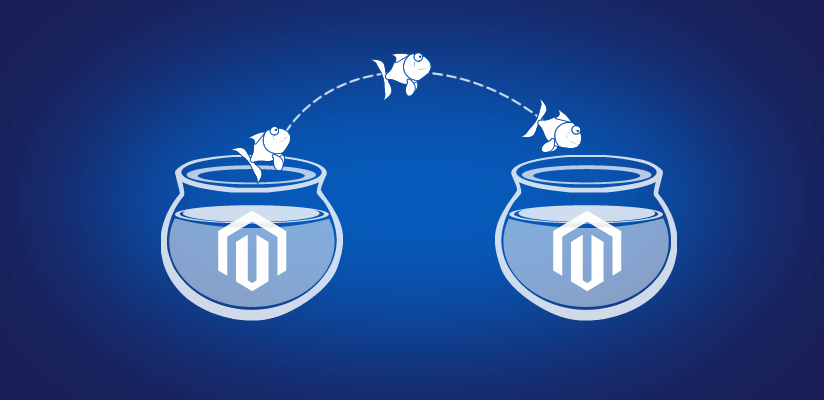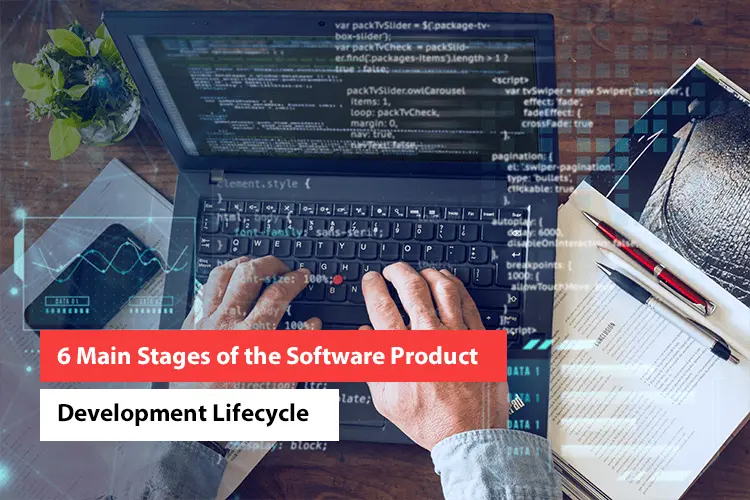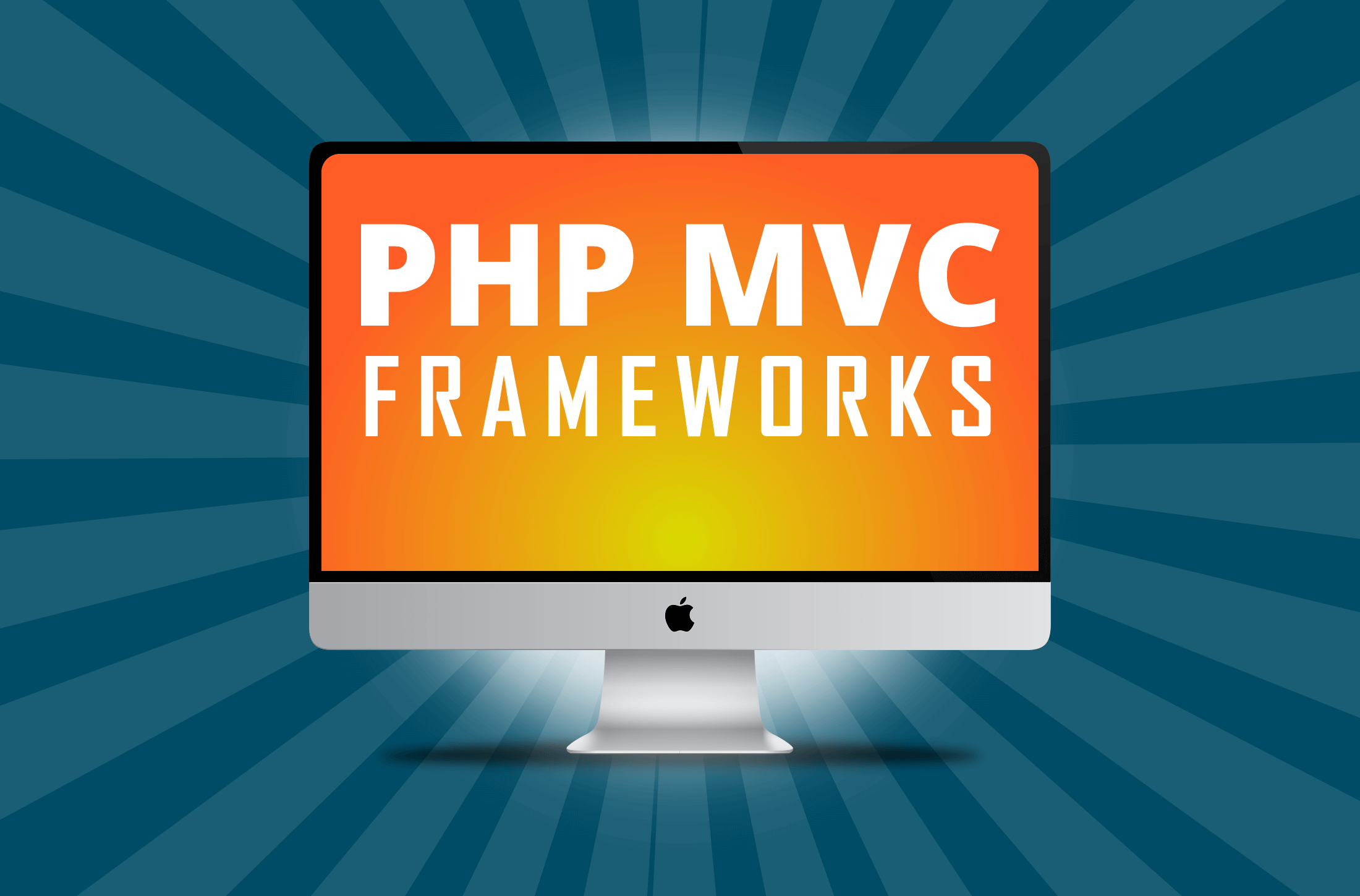Magento 1 to Magento 2: When is the time to upgrade?

As soon as Magento 2 appeared and became popular, the web became full of buzz concerning the migration from the first version to this latest one. Well, there are too many compelling and lucrative reasons to go for this migration. The Magento 2 with several value additions is all set to make the Magento web experience better than ever before.
But while the upgrade seems quite obvious, one needs to keep in mind several considerations including the suitable time, principal benefits of the upgrade, the differences in features and performance and finally the precise steps of upgrading the Magento from the previous version to the latest one.
Getting yourself ready for the upgrade
The upgrade from Magento 1 to Magento 2 can really be an engaging task as the two CMS platforms in spite of bearing the core Magento attributes are a lot different from one another. Integrating the new version along with all the different components can really be a tedious job. Apart from the challenges involved in integration you also need to train your people to deal with the new changes effectively.
Just because Magento 2 has an altogether different architecture than the Magento 1, any website running on Magento can experience a steep deep in the SEO performance just after the migration. This may actually end up pulling your page ranks and overall discoverability of the business brand on the web.
A key constraint for a large number of websites that are powered by Magento 1 is the availability of the extensions when migrating to Magento 2. All the developer companies that rolled out extensions for the Magento 1 may not have already rolled out extensions for the Magento 2 version. This leads to the unavailability of your preferred extensions after transitioning to the latest Magento 2 version.
The state of affair with Magento websites
As the present figure stands, there are nearly half a million ecommerce and business websites that are using Magento as their CMS platform. As of now, the vast majority of these ecommerce websites are still supported by a Magento 1. Reasonably enough, Magento has no plan to scrap the Magento 1 and stop supporting it.
Earlier it has announced that after 2020 it will stop support for the Magento 1 version. But with only 7.6% Magento websites still now opting for Magento 2, it seems to be quite unlikely that the support for the earlier version will be withdrawn anytime soon.
Why should one upgrade to Magento 2?
When you have a much better newer version of a CMS along with a lot of value additions, the migration seems to be quite an obvious option. Even after keeping the above-mentioned constraints in mind, one can safely say that the utilisation of all the valuable resources with Magento 2 will help the ecommerce sites in many respects where Magento 1 was fallen short.
Let us now have a look at the key reasons for migrating to the latest Magento 2.
Performance enhancements
The biggest motivation to opt for Magento 2 upgrade is the performance enhancement with several standout aspects such as full-page caching (FPC) to ensure faster loading speed for the pages.
Magento 2 allows fetching the web page from the cache and this helps to increase the loading speed, improving the scalability and reducing the latency. Obviously, faster page loading speed ensures a significant drop in bounce rate which in turn boosts business conversion.
The latest set of features
Magento 1 is now on its way to make an exit and so, no new features are included or any upgrade is coming up. Naturally, any development cost poured on a Magento 1 website are likely to be futile in terms of long-term gain.
In contrast, building your site with Magento 2 you are always at oat with the global standard and you are getting access to the latest features and benefits. This is why longer you take to upgrade to the latest Magento version, more an expensive decision it can prove to be.
Addressing the security risks
As Magento 1 is getting very feeble support from the company and the worldwide developer community, there are a lot of security risks involved with Magento 1. On the other hand, Magento 2 will continue to release new security upgrades for its e-commerce websites.
B2B Commerce support
The new Magento version apart from supporting the B2C ecommerce stores also provides robust support to the B2B ventures or enterprise-specific transactions. The new Magento version also supports enterprises that principally deal with other businesses as customers instead of the consumers.
Some of the key enterprise specific B2B features that new Magento 2 boasts of include the following.
Account Management Tools: In the new Magento 2 we have a fully equipped customer self-service tool that helps B2B customers with the company account management. The same feature also helps the B2B ecommerce businesses to organise and maintain the information of their business clients more precisely.
Request Quote feature: In the earlier Magento 1 version requesting for quotes was only possible with the help of a third-party extension. The feature now is inbuilt in the new Magento 2 version. Customers thanks to this feature can now request for quote straight from their cart while using the ecommerce or business website.
Capability to negotiate: Thanks to the new scope of conversation initiated by a quote request, the merchants can now respond to customer proposals and negotiate on several aspects including the product and the rate.
The business-focused technology stack
Magento 2 comes loaded with a powerful technology stack optimised for enterprise needs and this ensures faster marketing, easy customisation and flexibility of deploying technologies and tools. This also helps the ecommerce app developers who will have a more flexible range of technology tools, a lot of options for implementation and very fast paced development cycle.
Better Admin Experience
With the Magento 2, the administrative now became far more modernised and easy to use. The panel now comes with several different categories and subcategories allowing the user to navigate across sections easily.
Better Checkout Experience
Magento 2 unlike the previous version offers a two-step checkout and makes the process quicker by minimising the information customers have to provide. Some of the other key improvements in the new checkout process include automatic guest checkout, easy option for account set up with a single click, thumbnail order summary, automatic shipping rate calculation for carts, auto filling for city and zip code fields, etc.
Easy upgrading and maintenance support
By improving the architecture of the Magento platform the cost and time for every upgrade could be minimised to a great extent. This allows the Magento ecommerce store owners focusing on better shopping experience more than anything else.
Some of the inbuilt features of Magento 2 that will help to maintain an ecommerce store better include pre-installed New Relic to boost performance management, monitoring customer activities, locating database queries, performance evaluation, identifying issues, creating alerts, etc.
How Long will a Migration Take?
The time required to complete the migration from Magento 1 to Magento 2 depends primarily on the number of customisation opted by the ecommerce store, the complexity of the store, required extensions, and requirements for migration of data. Typically, along with the third-party integration, a migration from Magento 1 to Magento 2 will require 2 to 6 months of time depending on the nature of the Store and the complexities involved.
Key steps in the Magento 2 Migration

As the Magento 2 comes with an altogether different type of architecture, it involves almost a rebuilding of the entire ecommerce website. So, just pressing the update button won’t help you with this upgradation task.
Let us explain here the key steps in the process of Magento 2 migration.
Install Magento 2
At first step, you need to install the Magento 2 version.
Theme and extensions
Now, you need to choose your preferred theme, implement it and thereafter choose and install your required extensions. This process may require several doing and undo exercise until you find your perfect match.
Code customizations
Now it is the time to rewrite the code to customise Magento to your needs and move your previous Magento settings and store data related to products, orders, categories, store configurations etc to the new Magento store.
Third-party module integration
At this stage, you need to implement the third-party modules into the Magento store.
Test the new Magento Store
Now you need to test the customer experience across all pages and sections and optimise wherever needed. At this stage, you also need to prepare the 301 redirects.
Making your Magento store live
Now, you need to make your new ecommerce site live. In the beginning, watch out for the performance of every aspect and gather feedback from as many users as possible.
The cost of a Magento 2 migration
This entirely depends on the nature of the ecommerce store, the third-party tools required and the complexities involved in the development. As the Magento 2 migration projects vary so much across diverse requirements, the cost remains equally variable. Generally speaking, more you need to incorporate custom attributes, the enhanced cost of development you can expect.
Any reputed development company before quoting a cost for a migration to Magento 2 will prefer a detailed evaluation of the existing ecommerce store and the whole range of requirements that the client needs. A quality team of developers and designers having experience and track record in developing most sophisticated and successful ecommerce websites may be worth investing in spite of a higher cost.
In this respect, always remember that a cheap price quote can seem lucrative but without enough expertise and skills some developers can actually ruin your project incurring more cost in the long run for repeated repair to address issues. In contrast, a reputed developer company may cost you higher but is worth investing considering the superb output they offer.
Reliable, scalable, and cost-effective solutions—hire software developers from a proven software development company today!”
Similar Posts

Top Mobile Application Design Principles for Enhanced User Experience
Living in a world of high technology and the fast-growing use of portable devices, the appearance of mobile application design principles may widely define its productivity. Not only does a good, aesthetically appealing application get more downloads, but it also ensures that people continue to use it. According to the nature of applications, the key […]...

6 Main Stages of the Software Product Development Lifecycle
You may not know that over 60% of software projects fail to meet the expected goals due to poor planning and implementation. What makes SDLC so significant is that it executes a very structured approach, ensuring quality, efficiency, and user satisfaction at every step, from the idea to launch and then to post-launch. Imenso Software […]...

In the World of PHP MVC Frameworks: Codeigniter Vs Yii Vs CakePHP Vs Laravel
“What’s 2018’s best PHP framework?” I can’t possibly recall the number of times I spot that question every year.In the late 1900s, the conversation used to flow around every party’s favourite programming language. C, Lisp, Pascal? You’d name a programmer’s most preferred coding tool, and they’d willingly offer one argument after another to convince you […]...









